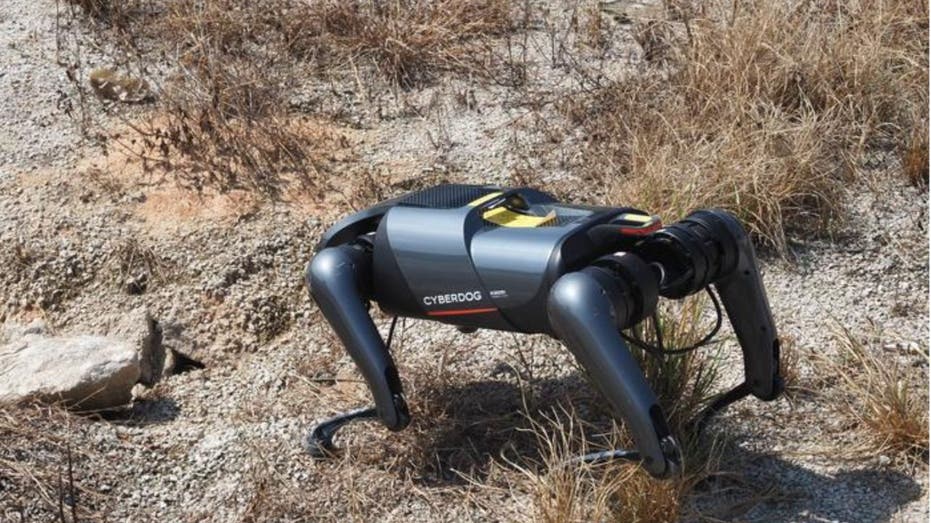AI-Powered Canine Robots: The New Guardians Against Invasive Fire Ants

Imagine enjoying a peaceful day at the park, only to be suddenly interrupted by the painful sting of fire ants. These tiny pests are not only a nuisance; they pose serious threats to our ecosystems and economies. Thankfully, innovative scientists have developed an exciting solution: robotic dogs designed to sniff out and combat these invasive fire ants.
The Rise of CyberDog: A Technological Marvel
Researchers from China and Brazil have introduced a groundbreaking robotic dog, named CyberDog, specifically engineered to locate fire ant nests. This high-tech marvel is adept at identifying red imported fire ants—an invasive species wreaking havoc in various ecosystems worldwide. Remarkably, the CyberDog can detect three times more nests than human inspectors while boasting superior accuracy.
Understanding the Impact of Invasive Fire Ants
Red imported fire ants may be small, but their impact is anything but trivial. Originally native to central South America, these aggressive ants have spread throughout the United States, Australia, and parts of Asia, causing significant environmental and economic damage. In the United States alone, these pests are responsible for an estimated $6 billion in annual losses due to decreased crop yields and damage to agricultural equipment.
How CyberDog Works: Advanced AI at Play
As detailed in a recent study published in the scientific journal “Pest Management Science,” CyberDog employs an advanced AI model to automate the identification and management of red imported fire ants, known for their destructive tendencies. The research team trained CyberDog using a comprehensive dataset of over 1,100 images of fire ant nests, achieving an impressive detection accuracy rate of over 90%.
CyberDog uses a unique technique to identify nests: it pokes suspected mounds with its paw, prompting active nests to release their workers in a defensive frenzy. This behavior allows researchers to differentiate between active nests and those that may be abandoned or occupied by other species.
Educating the Public on Invasive Species
Beyond its practical applications in pest management, CyberDog also serves an important educational role. Zheng Yan, one of the research team members, points out that sightings of these robotic canines in action can spark public interest and raise awareness about the threats posed by invasive species. By engaging local communities, scientists hope to foster a deeper understanding and encourage proactive measures against ecological threats.
Challenges and Future Prospects
Despite its impressive capabilities, CyberDog faces challenges. Currently, its battery life lasts about 30 minutes, which limits its time in the field. Additionally, the cost of acquiring advanced models can be prohibitive. However, as technology continues to advance and production costs decrease, it is likely that robotic solutions like CyberDog will become more accessible for broader use in pest control.
The Future of Ecological Protection
The development of CyberDog exemplifies how technology can be leveraged to address ecological challenges in innovative ways that benefit both nature and society. As we face increasing threats from invasive species globally, AI-powered robots could become invaluable allies in our efforts to protect ecosystems.
Would you welcome the presence of robotic dogs in your local park, working diligently to keep fire ants at bay? Or does the concept of AI-driven pest control leave you feeling apprehensive? We’d love to hear your thoughts—feel free to get in touch with us.
For more insights and tech tips, subscribe to our newsletter today!



